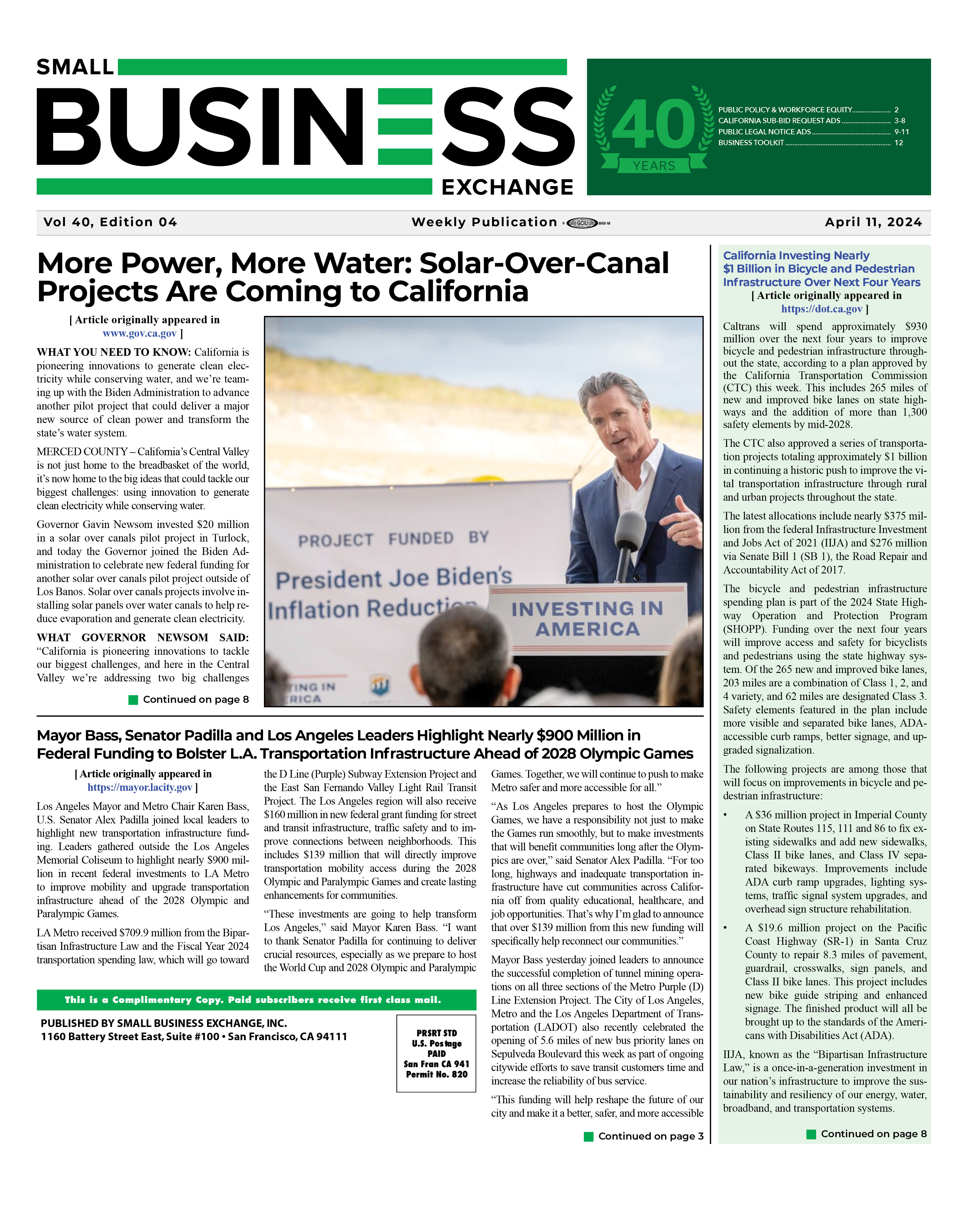Consumers are more attuned than ever to whether a company’s marketing reflects them. If your marketing only shows pretty young women or middle-aged men, you could be driving some prospects away. Why is inclusion so important, and how can your marketing incorporate it? Here’s a closer look.
Why inclusive marketing matters
The US population is more diverse than ever before. Some 43% of millennials over 18 are nonwhite — more than any other generation, according to Pew. According to estimates from the 2017 Census, 40% of the U.S. population overall is multicultural. Specifically:
-
There are 60 million Hispanics, accounting for 18.2% of the population
-
There are 40 million African-Americans, accounting for 12.3% of the population
-
There are 19 million Asians, Hawaiians and Pacific Islanders, making up 5.8% of the population
-
11 million Americans are mixed race or “Other,” accounting for 3.4% of the population.
Inclusion is more than a multicultural issue
Multicultural consumers are not the only ones who care about diversity and inclusion, however. A whopping seven in 10 millennials say they’re more likely to choose one brand over another if that brand demonstrates diversity and inclusion.
Increasingly, consumers are supporting brands that they believe in. Fully half of millennials in a BCG survey say the brands they choose “say something about my values and who I am,” and a whopping 88% of consumers in a Salesforce poll say businesses have a responsibility to foster positive social change.
In the past, diversity was seen as focused on race, ethnicity and gender. Baby boomers and Generation X still define it this way, a study by Deloitte shows, but millennial and younger consumers have a much different view. For them, diversity goes beyond the obvious markers of gender and skin color to include age, geography, religion, socio-economic class, sexuality, body type, marital status and more.
shows, but millennial and younger consumers have a much different view. For them, diversity goes beyond the obvious markers of gender and skin color to include age, geography, religion, socio-economic class, sexuality, body type, marital status and more.
How to make your marketing more inclusive
-
Use inclusive imagery. It can be difficult to find stock photography that goes beyond stereotypes. You’ll have to make a conscious effort to search for images that feature people from a wide range of demographic groups in non-stereotypical poses (smiling senior citizens learning to use a laptop, I’m talking about you). Try using sites like RepresentationMatters, the Lean In Collection or Tonl that specialize in diverse stock photography.
-
Go beyond racial diversity. Do you show people in wheelchairs? Heavyset people? People who aren’t conventionally attractive? “It’s also about age. Geography. Socio-economic diversity,” Google’s Lorraine Twohill notes in writing about how Google made its marketing more inclusive. “Our images had lots of racial diversity. But everyone looked like they worked in tech and lived in hip, urban neighborhoods.”
-
Think beyond your target market. You may feel that you don’t need inclusive marketing because your target market is primarily one demographic. For example, if you sell tools and 80% of your customer base is suburban men, why should you change your advertising? You have no way of knowing how many women, men or urban residents you’re missing out on because they don’t see themselves in your advertising. What about some ads showing a young woman using tools to set up her first city apartment or a multiracial couple fixing their plumbing?
-
Use gender-neutral pronouns in your marketing and advertising. “They” is now a widely accepted substitute for “he,” “she,” or “he or she,” and ensures that transgender and nonbinary customers feel seen.
-
Diversify your team. The best way to create an inclusive marketing is to include many voices in creating it. It’s often difficult to spot our own biases and preconceptions. Make your team feel comfortable challenging the status quo and suggesting new ways to approach your marketing messages.
-
Make sure your business walks the walk. Your marketing and advertising may promote your business as inclusive and supportive, but what will your customers find when they walk in the door? Educate your employees on the importance of an inclusive environment.
Creating inclusive marketing and advertising won’t happen overnight. But as business owners, it’s our responsibility to lead the change — not just to attract more customers, but also because it’s the right thing to do.
About the Author:
Guest Blogger
Rieva Lesonsky is CEO and President of GrowBiz Media, a media company that helps entrepreneurs start and grow their businesses. Follow Rieva at Twitter.com/Rieva and visit SmallBizDaily.com to sign up for her free TrendCast reports. She's been covering small business and entrepreneurial issues for more than 30 years, is the author of several books about entrepreneurship and was the editorial director of Entrepreneur magazine for over two decades






